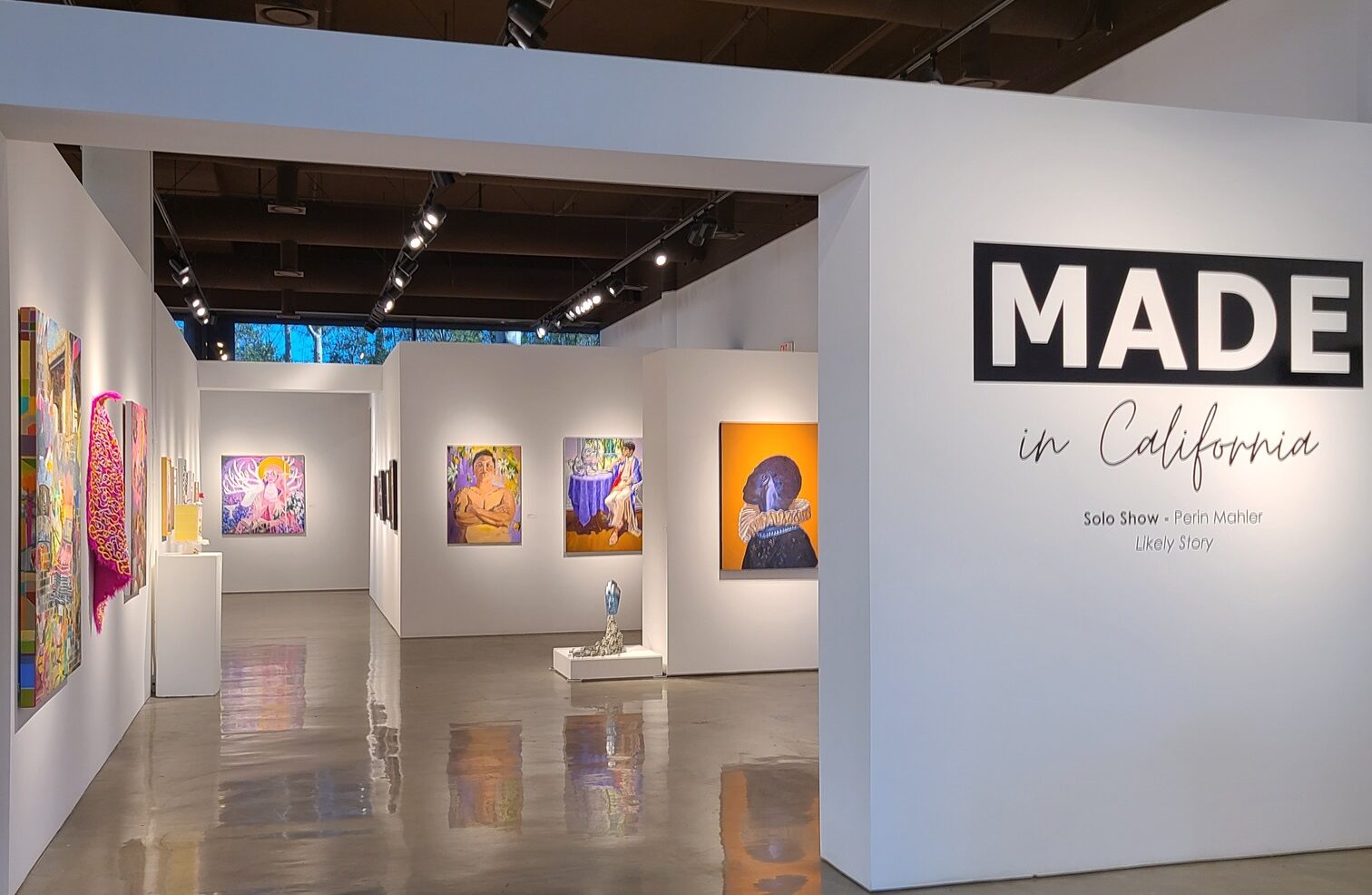
09 Sep “Made in California” Lets Us Peer into the Mind and Heart of Contemporary California Art
If ever there were an exhibition curated with the intention of discovering the visual and unseen splendor of the Golden State, it would be this year’s social-distanced version of “Made in California” (MICA) at the Brea Art Gallery. This annual show, now in its 35thyear, traverses through the minds of several Californian artists, uncloaking the density of California’s current state of mind.
MICA’s electrifying display of artworks frames contemporary Californian lifestyles, trends, politics, passions, and dedication to aesthetics. It is an exhibition that mostly invokes ethereal images that are characteristic of Los Angeles but does not forget to remind viewers of the unequivocal charm of the rest of California too.
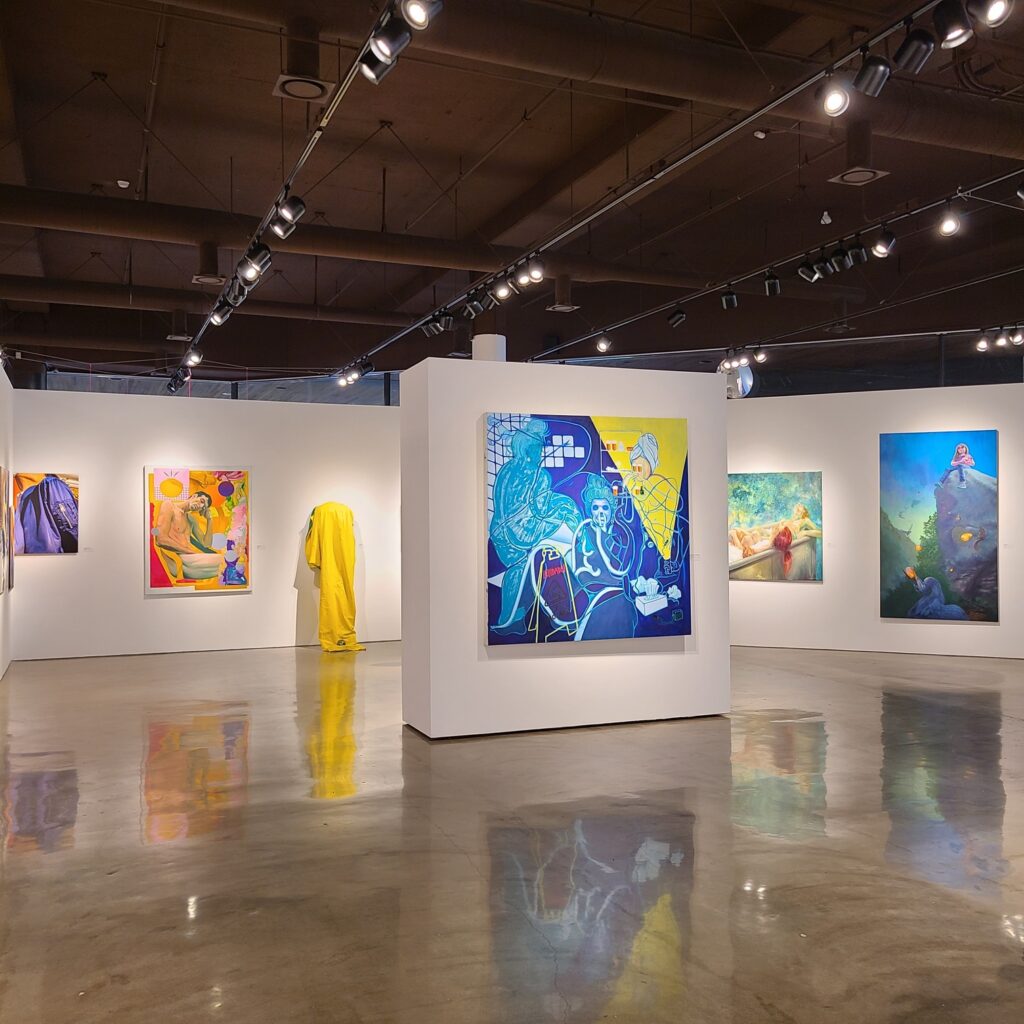
Breaking away from normal gallery traditions, guests are invited to view the show both privately in-person and virtually, due to COVID. This long-running 35th annual exhibition highlighted works by artists from all across this great state. The artists on view work in a variety of different mediums and styles, providing an all-encompassing look into the current artistic movements and tendencies in California.
The Brea Gallery staff and guest juror Evan Senn, Curator for the Golden West College Art Gallery, awarded over $2,200 in cash prizes to several works throughout the exhibit. Their first-place pick was a painting by Jacqueline Valenzuela called Playgirl (2019).
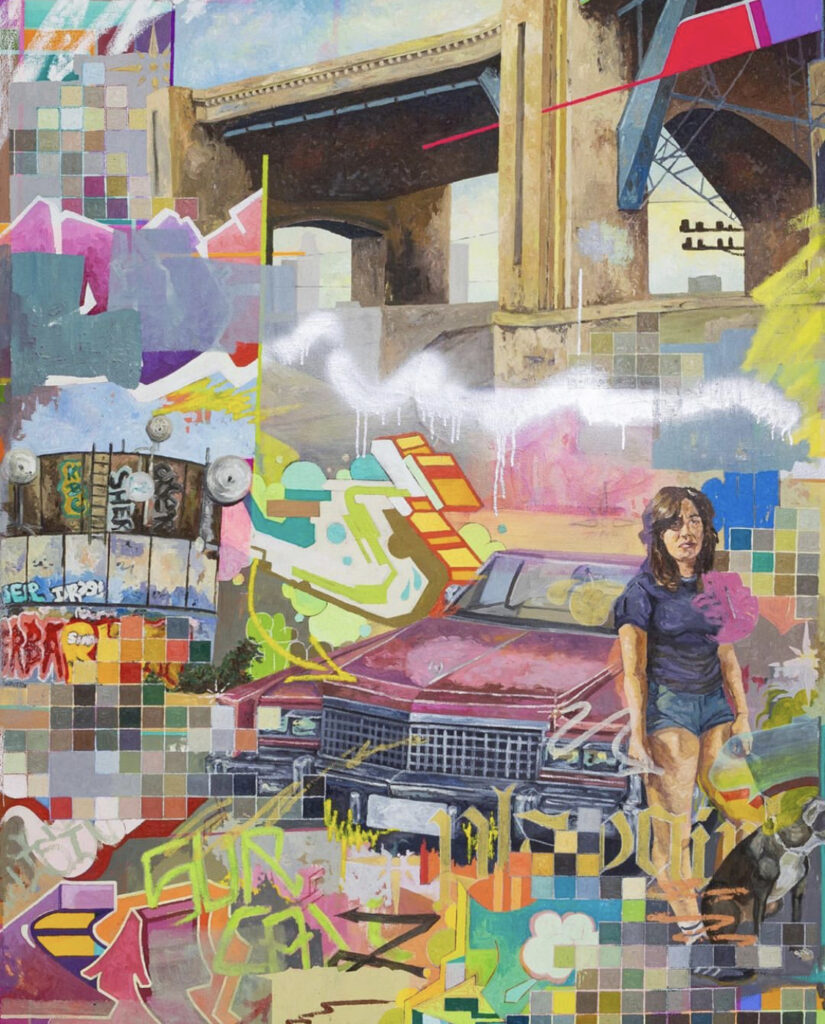
A dizzying array of checkerboard patterns melting into graffiti and geometric abstractions coats the bottom half of Playgirl. The abstractions envelop a woman leaning on a hot pink lowrider. She exists in Los Angeles. A city where the explosion of such urban, exuberant art thrives in the people who live there.
Valenzuela is an artist from Whittier who draws on inspiration from the underground punk scene of East L.A. and lowrider car culture. As a lowrider owner herself, she strives to give representation to female lowrider owners in a way that does not objectify them. Playgirl is one such example of that.
Elsewhere in the exhibit are other artists who address the theme of gender roles with their own flair. Laguna Beach-based artist Perin Mahler delves into the societal expectations of men and women in his paintings, Slave 1 (2012) and Slave 2 (2012).
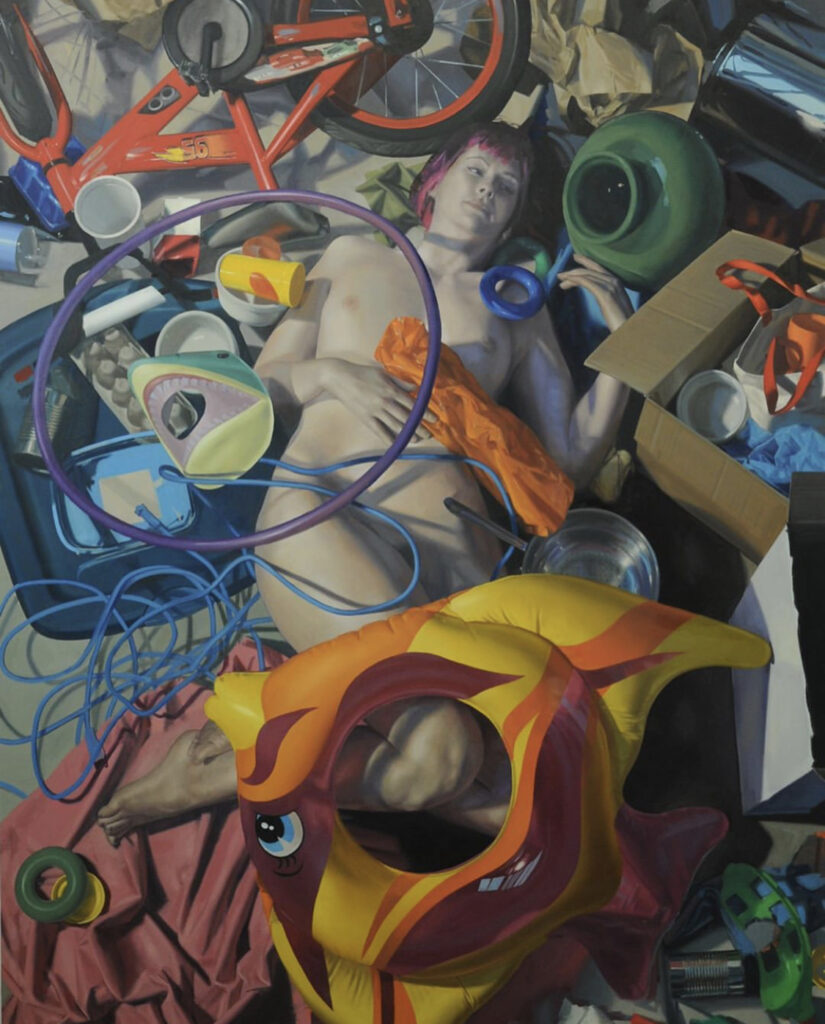
Slave and Slave 2 seem to illustrate the suffocating feeling of being buried in responsibilities prescribed to men and women at birth. Each of the nude figures lay expressionless in a sea of vibrant material objects. The woman grasps cleaning gloves, surrounded by dishes and children’s toys, whereas the man lay buried in working tools and some of the same children’s toys. The colossal paintings loom over viewers, inviting them to contemplate the weight of traditional roles.
Mahler’s paintings are shown as part of his own solo exhibition within the show, titled “Likely Story.” Relating to the theme of his own personal subject matter, the artist stated that they were meant to symbolize paralysis and chaos within material objects.
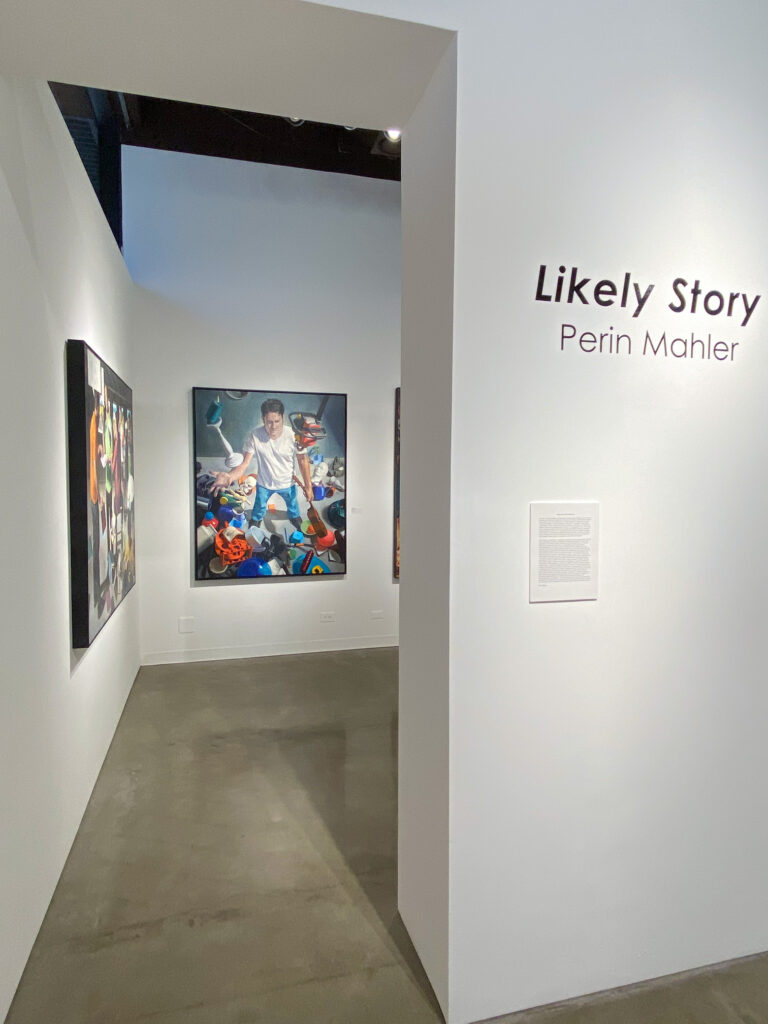
Surprisingly, the entire MICA exhibition does not shy away from difficult topics, regardless of the gallery’s conservative location—the City of Brea. Works such as Tough and Tender (2019) by Toria Maldonado, Self-Care: She’s a Red Flag(2020) by Christine Lyon, The Tea Party (2017) by Helen Cox, and Dream Boy (2019) by Jennifer King illustrate the enchanting beauty and complexities of gender fluid and nonbinary people.
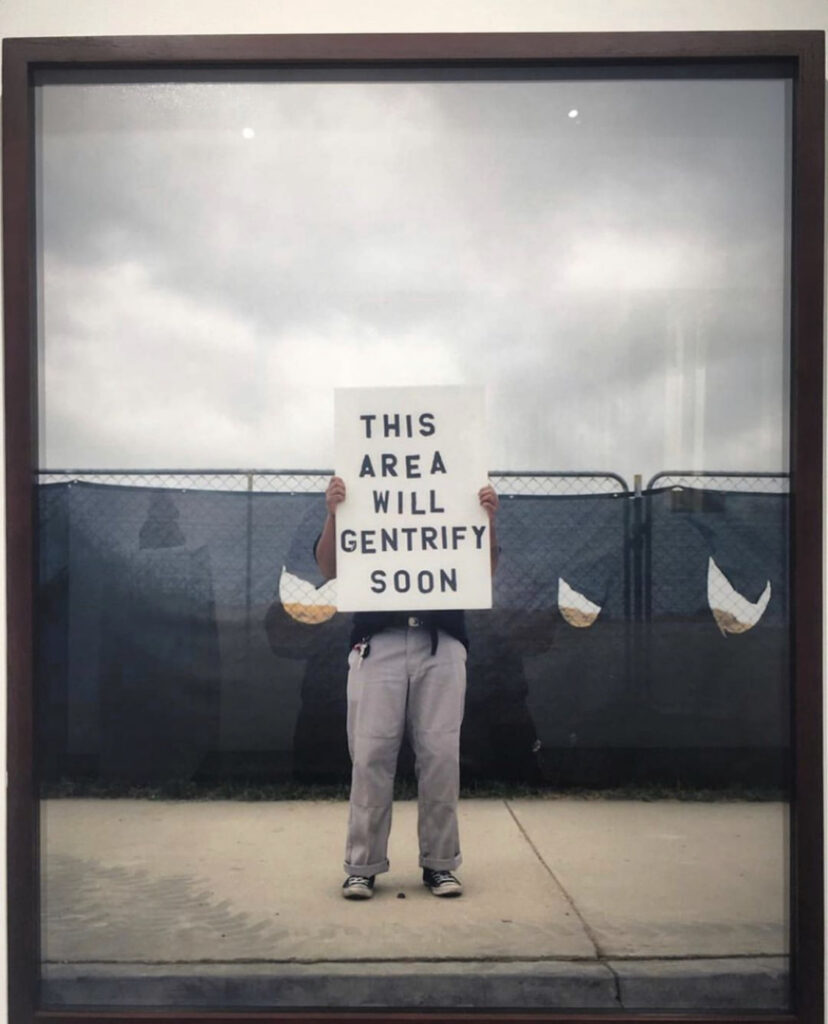
In addition to the theme of gender, MICA also featured works that touched on the subject of politics. One work by William Camargo called We Bout to Have to Move Out Soon Fam (2019) shows a lonely image of a man holding a sign with the words “This area will gentrify soon” in front of what looks like a construction fence.
The simplistic archival inkjet print haunts its viewers with an image that reminds viewers of the lower income families who struggle to maintain their neighborhood culture and affordable housing amidst gentrification, a prominent issue in California politics.
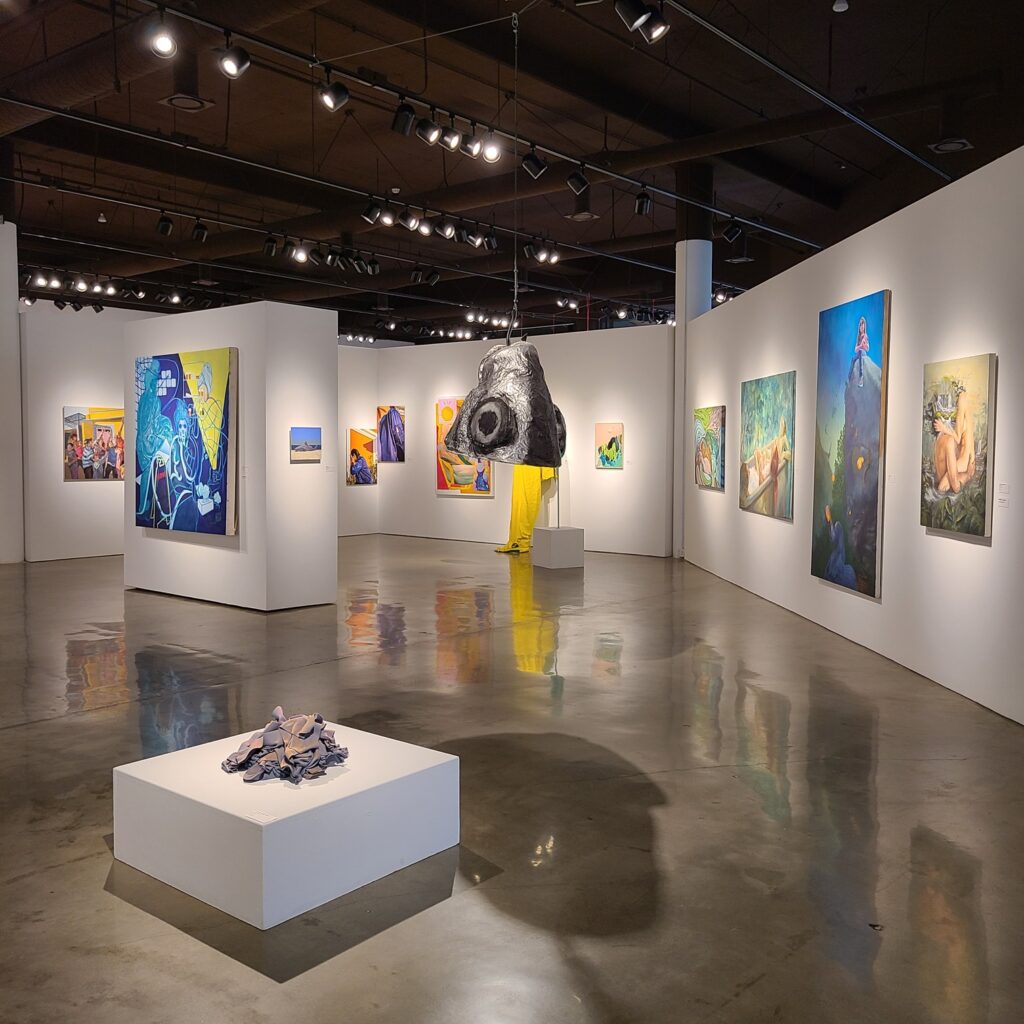
Finally, MICA immerses viewers in California’s environmental aestheticism. In Fresh Off the Boat (2017) by Han Hsiang Huang, passersby hear the soothing underwater noises while viewing Huang’s coiled papier-mâché fish head suspended in the air. The fish was surrounded by works of art that show the silkiness of Californian waters and roughness of its desert terrain.
What makes California so unique, historically and presently, is the people in this state. They come from diverse backgrounds and yet still manage to create art that, when viewed as a whole, undoubtedly represents California. A private viewing of this exhibition reveals the closely linked threads that tie Californian minds and hearts together and continuously inspires innovation for artists and viewers alike.
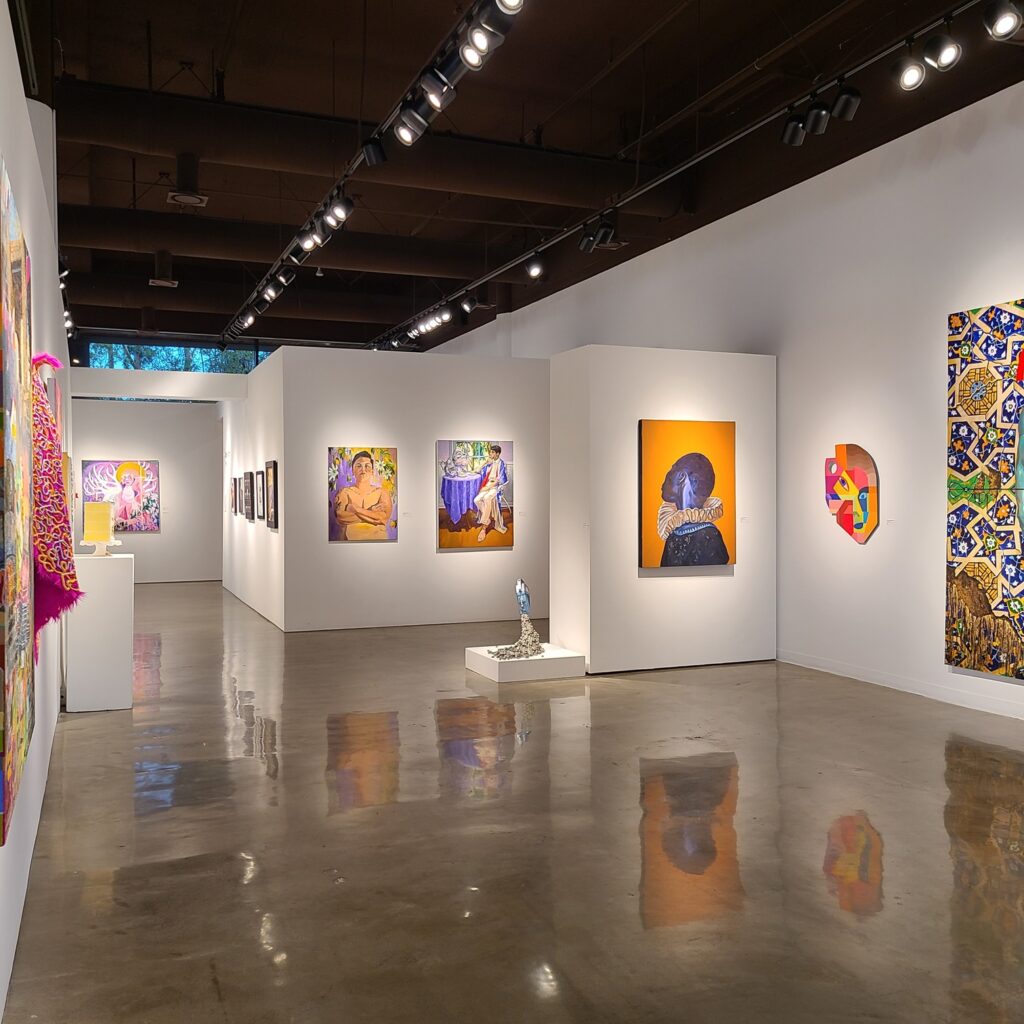
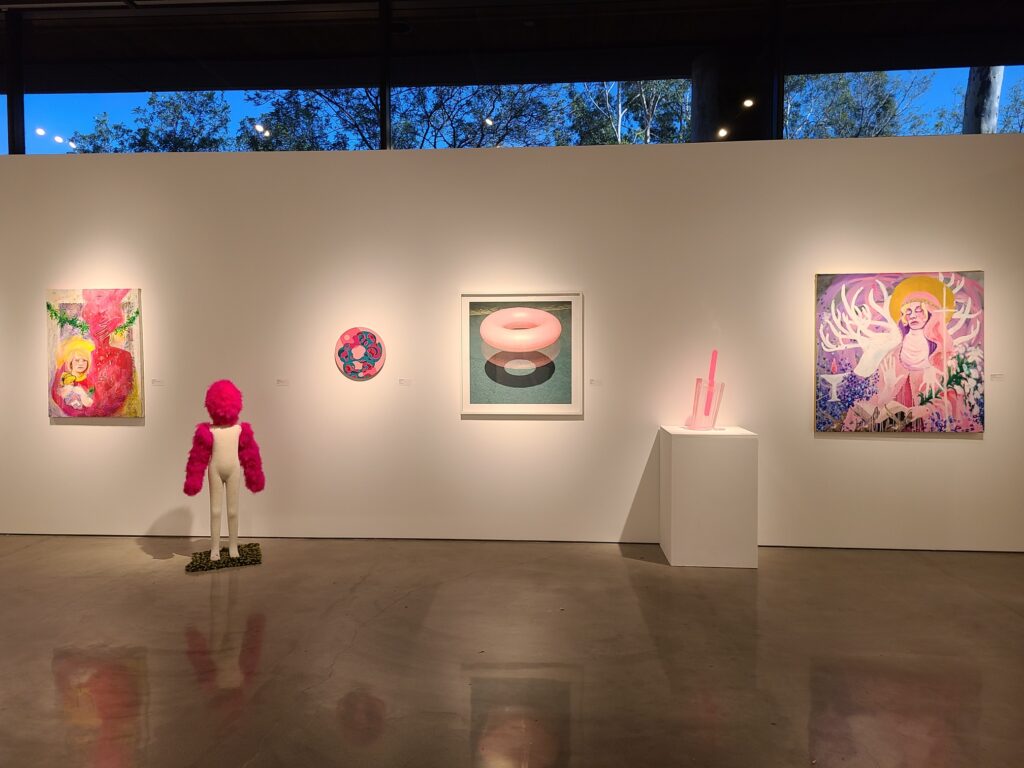
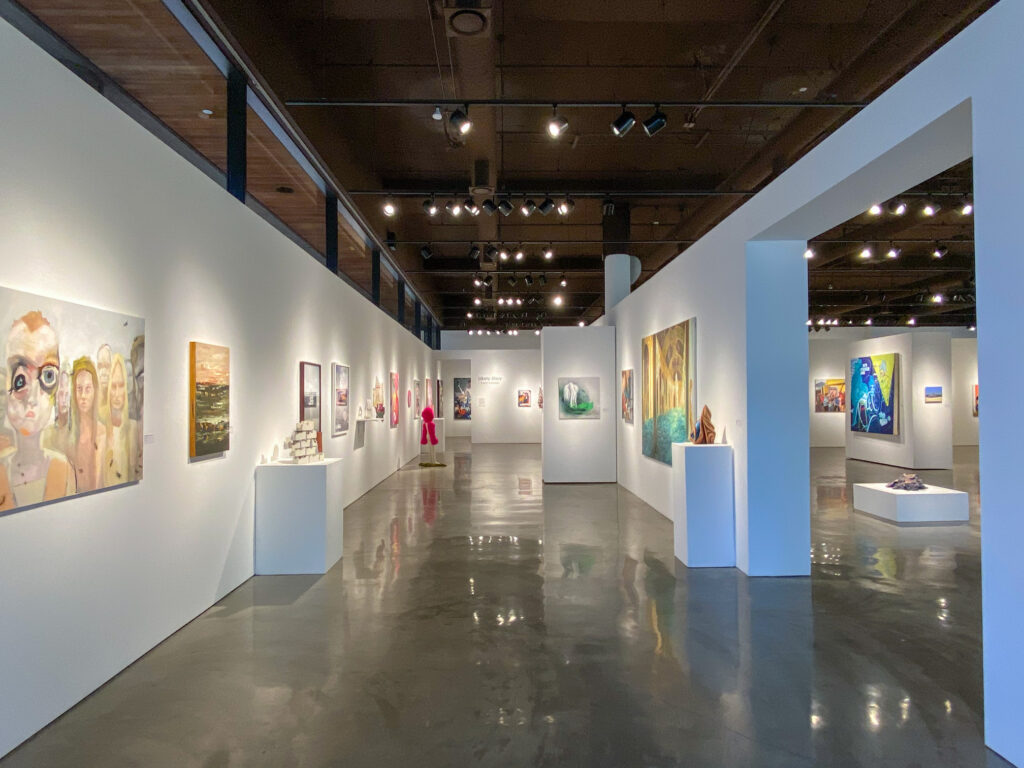



Sorry, the comment form is closed at this time.